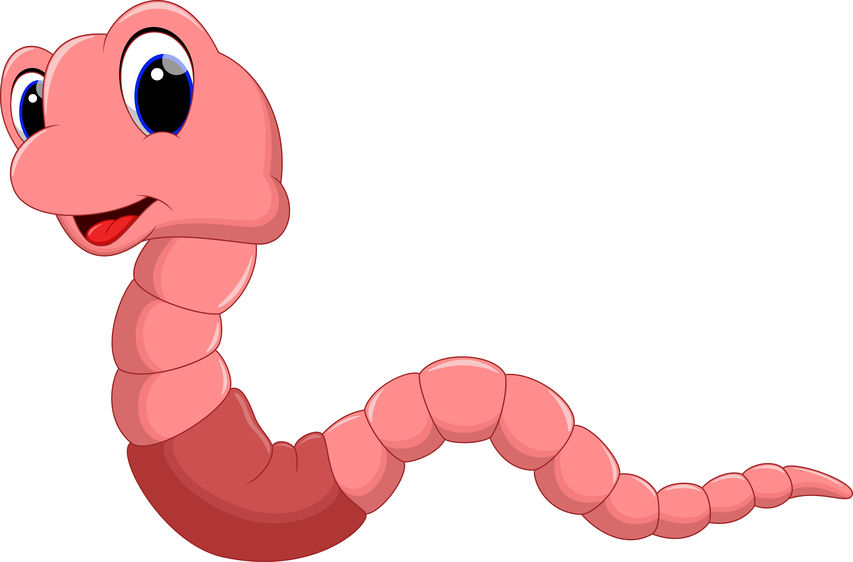Polystyrene is a useful form of plastic ideal for containers, packing materials, disposable cups and a host of other items. But when polystyrene products are buried in landfills or tossed on the ground as litter, they can become a nuisance to the environment by lasting hundreds of years before decomposing.
Now comes an unlikely hero to the rescue … call him “Superworm.”
Superworms, like Superman, have a secret identity that makes them appear like nothing special. In fact, these two-inch long worms are really beetle larvae (technically known as Zophobas atratus) that can be commonly purchased in your everyday pet store as feed for reptiles, fish and birds. But despite their Clark Kent-like outward appearance, these worms are actually pretty special because they have a superpower: They can degrade polystyrene plastic.
So just where do they get their ability that is far beyond the power of mortal insects? Researchers reporting in the American Chemical Society’s (ACS) Environmental Science & Technology publication believe they have the answer: It is linked to a strain of bacteria that lives in the larvae’s gut.
As reported in a ACS press release:
Recently, several studies have found that mealworms and superworms can ingest and degrade polystyrene within a few weeks. In mealworms, this ability was linked to a certain strain of polystyrene-degrading bacteria in the worms’ gut. Jiaojie Li, Dae-Hwan Kim and colleagues wanted to search for similar bacteria in superworms.
The team placed 50 superworms in a chamber with polystyrene as their only carbon source, and after 21 days, the worms had consumed about 70% of the plastic. The researchers then isolated a strain of Pseudomonas aeruginosa bacteria from the gut of the worms and showed that it could grow directly on the surface of polystyrene and break it down. Finally, they identified an enzyme from the bacteria, called serine hydrolase, that appeared to be responsible for most of the biodegradation. This enzyme, or the bacteria that produce it, could someday be used to help break down waste polystyrene, the researchers say.
To read the original ACS press release on this story, click here.
